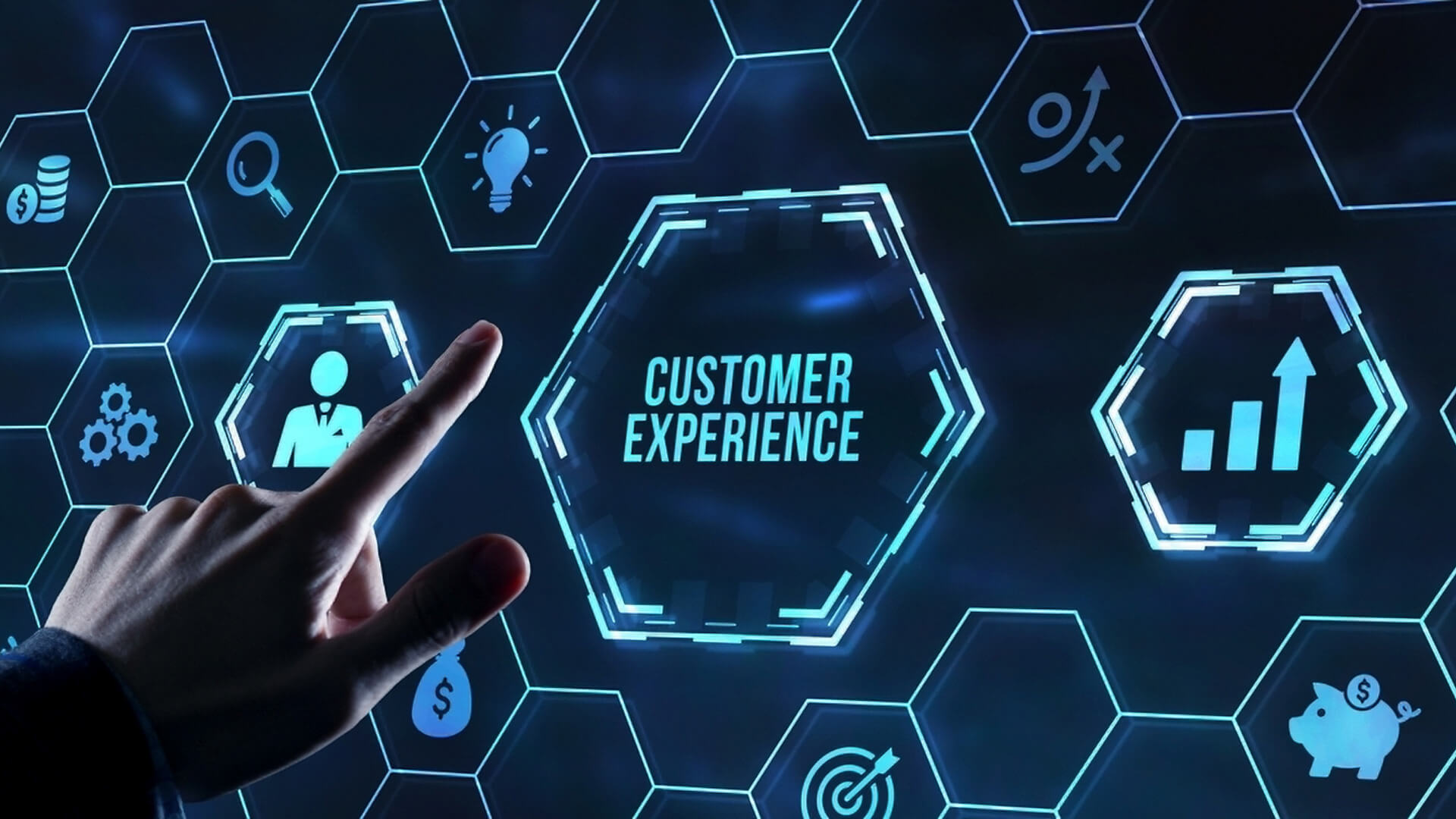The emergence and growth of digital CX systems have revolutionized customer experience delivery. These technologies offer improved opportunities for customer service delivery, making some manufacturers trend towards neglecting existing offline CX systems. However, manufacturers should beware that relying on digital CX systems alone is insufficient to deliver a holistic customer experience. There’s still a crucial need to retain offline CX systems to meet the needs of customers who prefer physical interactions.
Table of Contents
For optimal results, manufacturers should integrate their online and offline systems to bridge the gap between virtual and physical interactions and deliver an optimal digital customer experience.
Offline and online systems integration help manufacturers improve their digital customer experience in many ways. But, before we get to that, let’s highlight some online and offline systems delivering excellent CX and why integration is the key to unlocking limitless digital CX benefits.
Online Systems Delivering Excellent CX
The following are some online systems that enable manufacturers to deliver a seamless customer experience:
Customer Relationship Management (CRM) Systems
CRM systems help manufacturers track and analyze customer interactions and purchasing behaviors so they can use that information to provide personalized services, improve customer experience, and make informed decisions. Salesforce is a typical example of a robust CRM system.
E-commerce Solutions
E-commerce solutions enable manufacturers to provide an efficient online shopping experience by offering real-time inventory management, efficient cart management, secure online ordering, payment processing, and order tracking.
Product Information Management (PIM) Systems
PIM systems are manufacturers’ central product information management hubs and enable manufacturers to assemble, manage, update, and distribute product information across multiple channels, ensuring customers have continual access to accurate product information.
Supply Chain Management (SCM) Systems
Savvy manufacturers use SCM systems to plan for product demands, manage inventory, manage rebates, and ensure seamless order fulfillment and distribution. These systems enable manufacturers to reduce order cancellations and errors in the ordering process and ultimately improve delivery times, enhancing the customer experience significantly.
Warranty Management Systems
Warranty management systems have been effective in helping manufacturers provide after-sales support. These systems enable manufacturers to review product warranty information, manage warranty service requests, and quickly dispatch technicians to resolve issues.
Offline Systems Delivering Excellent CX
The following are offline systems that help manufacturers deliver excellent customer experience:
In-store Customer Service
Manufacturers employ and train customer service professionals who resolve customer inquiries, provide personalized product recommendations, make the shopping environment fun and high-spirited, and provide other personalized services on the spot.
Point-of-Sale (POS) Systems
Manufacturers use POS systems to reduce store wait times, enhance smooth shopping experiences, and streamline checkout.
Loyalty Programs
Customer-centric manufacturers use loyalty programs to deliver excellent customer experience by offering loyalty cards, membership programs, discount vouchers, and other packages to foster customer retention and affinity.
After-Sales Support
Manufacturers who provide physical after-sales support give the best experience and water the ground for more purchases and referrals. In addition, these forward-thinking manufacturers often create a system that enables them to follow up after purchase, accept return requests, and address warranty issues.
Why You Must Integrate Online and Offline Systems
Integrating online and offline systems enable manufacturers to receive timely customer feedback and improve product quality and service delivery. It also ensures manufacturers stay updated with their customers’ journeys and have access to quality, unredacted customer data.
Here is why manufacturers need to integrate online and offline systems for enhanced CX delivery:
Streamlined Operations and Efficiency
Integrating online and offline systems enables manufacturers to streamline production processes, increase operational efficiency, and save resources.
Seamless Customer Experience
Customers can enjoy consistent service and experience across all channels, switch communications between platforms, initiate transactions on one system, and complete them on another if online and offline systems are integrated.
Enhanced Data Management
Offline-online system integration provides manufacturers with a holistic overview of customer data, enabling smart manufacturers to complete in-depth analysis, improve customer segmentation, and provide tailor-made services.
Access to Actionable Insights and Analytics
Integrating online and offline systems also gives manufacturers access to rich customer data, giving them a good understanding of customer behaviors, purchase histories, needs, and preferences.
Excellent Inventory and Supply Chain Management
Online and offline system integrations provide real-time visibility of inventory levels across all channels, ensuring there are no stockouts, and letting manufacturers make better demand forecasts.
How Integrated Online and Offline Systems Improve Digital Customer Experience Significantly
The following are the different ways integrating online and offline systems improve digital CX delivery:
Omnichannel Experience
Integrating online and offline systems enables manufacturers to offer omnichannel experiences across various touchpoints, such as social media, physical stores, websites, mobile apps, etc. This means customers can interact, make purchases, and provide feedback through their preferred channels and receive the same level of service.
In such a system, data is transmitted from one customer touchpoint to another in real-time, eliminating the waste of time and resources often involved in transferring customers from one department to another. In addition, with an omnichannel system, manufacturers can start customer interaction in one channel and complete it in another without friction.
Unified Customer Data
Online and offline CX systems integration helps manufacturing companies consolidate customer data from various online and offline platforms into a unified system. This gives them a holistic view of the customer profile, allowing them to access customer preferences, purchase history, interactions, and behaviors across all channels.
Access to this unified data enables manufacturers to provide more personalized product recommendations, marketing, and customer support. In an era where customers value personalized service, personalization can boost customer satisfaction scores, retention rate, and lifetime value, giving manufacturers a competitive margin and enhancing the year-on-year bottom line.
Seamless Transactions
When online and offline systems are integrated, there’s no barrier to how customers can carry out transactions. Customers can initiate a transaction on one channel and complete it on another without friction or information loss.
For instance, a customer can check product availability online and go to the physical store to place an order. They can also go to the store to examine the product, then place an order online and have the manufacturer deliver it to their homes. With advanced CX technologies like CRM systems, companies can easily collect customer information and keep track of their inquiries and purchases.
This integration makes the purchase process seamless for customers, enhancing their digital experience and increasing their lifetime value.
Real-Time Inventory Visibility
Manufacturers can integrate online and offline inventory management systems to give customers real-time inventory visibility. Customers can check for product availability online, make reservations, and even purchase items to pick up from the store later. This prevents disappointments due to stockouts, as customers can reserve products for future pickup. The higher a manufacturer’s dependability, the higher the chances of customer retention and referrals.
Enhanced Customer Support
Integrating online and offline systems gives customer service agents a holistic view of the customer’s journey across all channels. With access to previous customer interactions, purchase history, feedback, and complaints, customers can receive improved support, leading to an improved digital customer experience.
Integrate Offline and Online Systems, or Get Left Behind
The competition to earn customer trust and loyalty by providing a superior digital customer experience has never been more intense. Customer-centric manufacturers find it easier to thrive in these competitive environments because customers have always been at the center of their operations. To make it even easier, these growth-minded manufacturers are integrating their offline and online CX delivery systems and improving digital CX delivery.
To have a competitive advantage and experience long-term value, you must understand the importance of integrating your offline and online systems and how the integration improves your digital customer experience. We hope these insights help you make decisions that will transform your company’s CX delivery.
About rSTAR Technologies
rSTAR is a full-service specialized system integrator built to transform leaders in the asset-intensive industries, such as energy and utilities, manufacturing, high-tech, and automotive into business value all-stars by focusing on digital transformation initiatives. With over 20 years of experience in Oracle, Microsoft, and Salesforce, the company provides consulting, implementation, and services for AI, CX integration and automation solutions. For more information, please contact rSTAR Technologies






